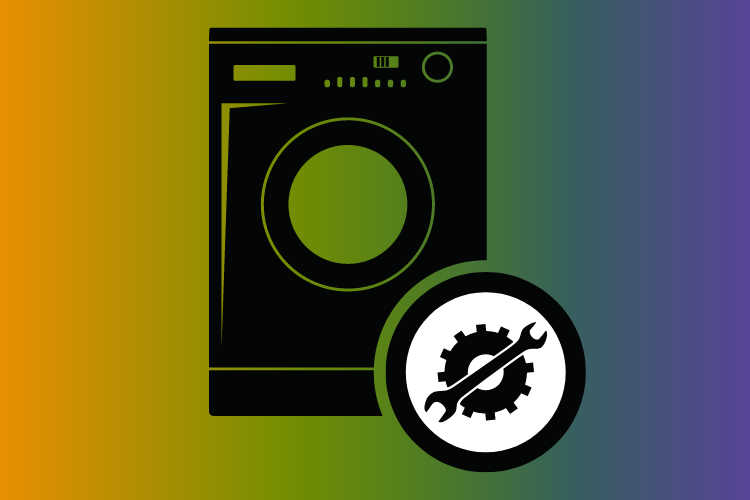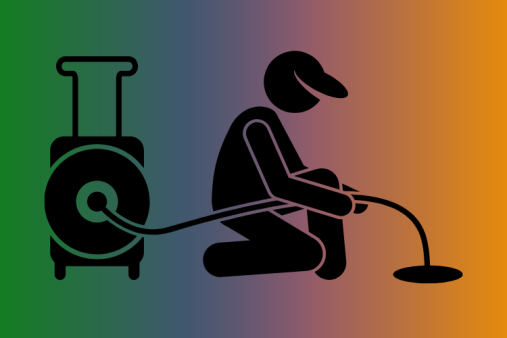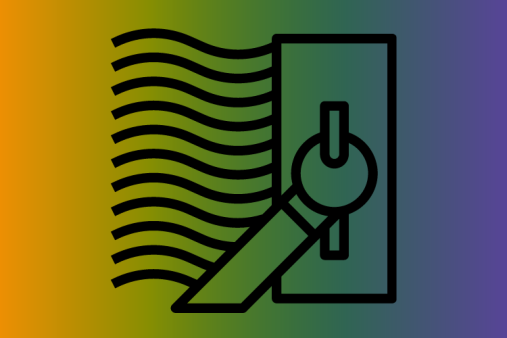Guide To Plumbing in Appliances
If you’ve recently invested in a new kitchen or bathroom appliance, having it professionally plumbed in can hike up the price considerably. Often, this is a job you can take on by yourself, and with the right equipment and a little knowledge, you can save yourself a considerable sum.
Plumbing in a Dishwasher or Washing Machine
The technique for plumbing in dishwashers and washing machines is very similar, and is probably the easiest task to complete. Most pipes to dishwashers and washing machines will have isolation valves, allowing you to turn off hot and cold water to that appliance only rather than turning off the mains at the stopcock. If you are replacing an existing dishwasher or washing machine, it’s just a case of unplugging one and connecting up the next. The job is more complex if you are installing a new appliance, and this will involve inserting isolation valves into pipes and connecting cold water supply and waste pipes.
Plumbing in a Tumble Dryer
The first job is finding out whether your tumble dryer actually needs plumbing in. Condenser driers do not need to be plumbed in as the water from the wet laundry collects in a tray which you then empty down the sink. Another option is to connect up the tumble drier to the same waste pipe as your washing machine and if your washer and drier are side by side, this is easy to do. If you are installing a tumble dryer in a different location take advice from the professionals as there are rules regarding installing water and electricity in close proximity.
Plumbing in an electric shower
There are many benefits to having an electric shower, the main one of which is that the electric shower works independently of any central heating system. The main issue with electric showers is that their installation falls under Part P regulations, and requires either a specialist to install the shower, or sign off someone else’s work. Always get the professionals in for this job – a badly installed electric shower can be extremely dangerous.
Plumbing in sinks, toilets and baths
One of the easier plumbing jobs is replacing toilets, sinks or baths as this job doesn’t involve worrying about electricity as well. The key requirement is making sure the water is completely off before you start trying to disconnect anything. Look for new items which come with flexible hoses, as this will allow you to use existing waste pipes and water connections if there is a slight mismatch between fittings. If buying from a large bathroom store or DIY store, ask for advice from the sales people, and read any fitting instructions which come with the items to help you with installation.
Key advice – never take on more than you’re comfortable with
If there’s one golden rule to taking on plumbing projects at home, it’s to never overstretch yourself. Getting things wrong can mean costly leaks and floods and home, and nobody wants to be mopping up water in the middle of the night. Always call in the professionals if you are feeling out of your depth.





